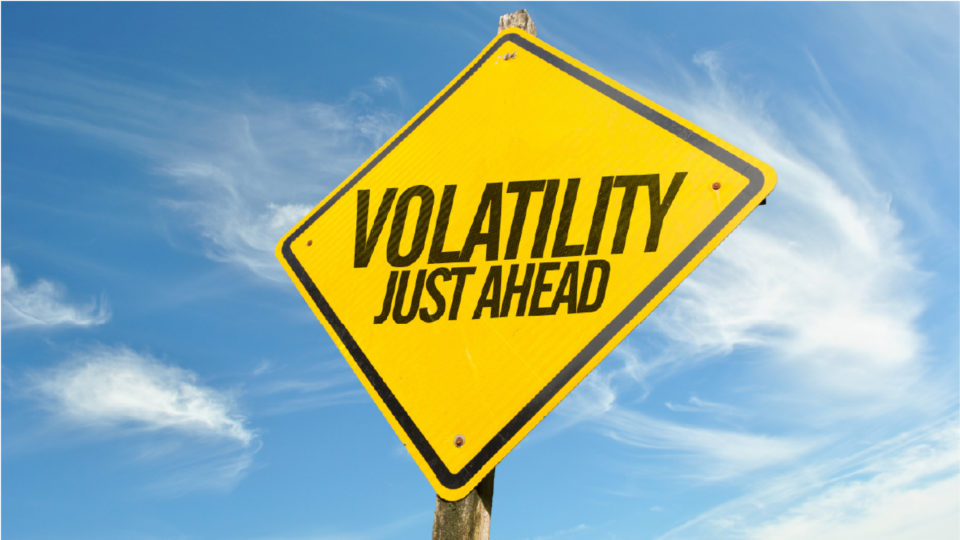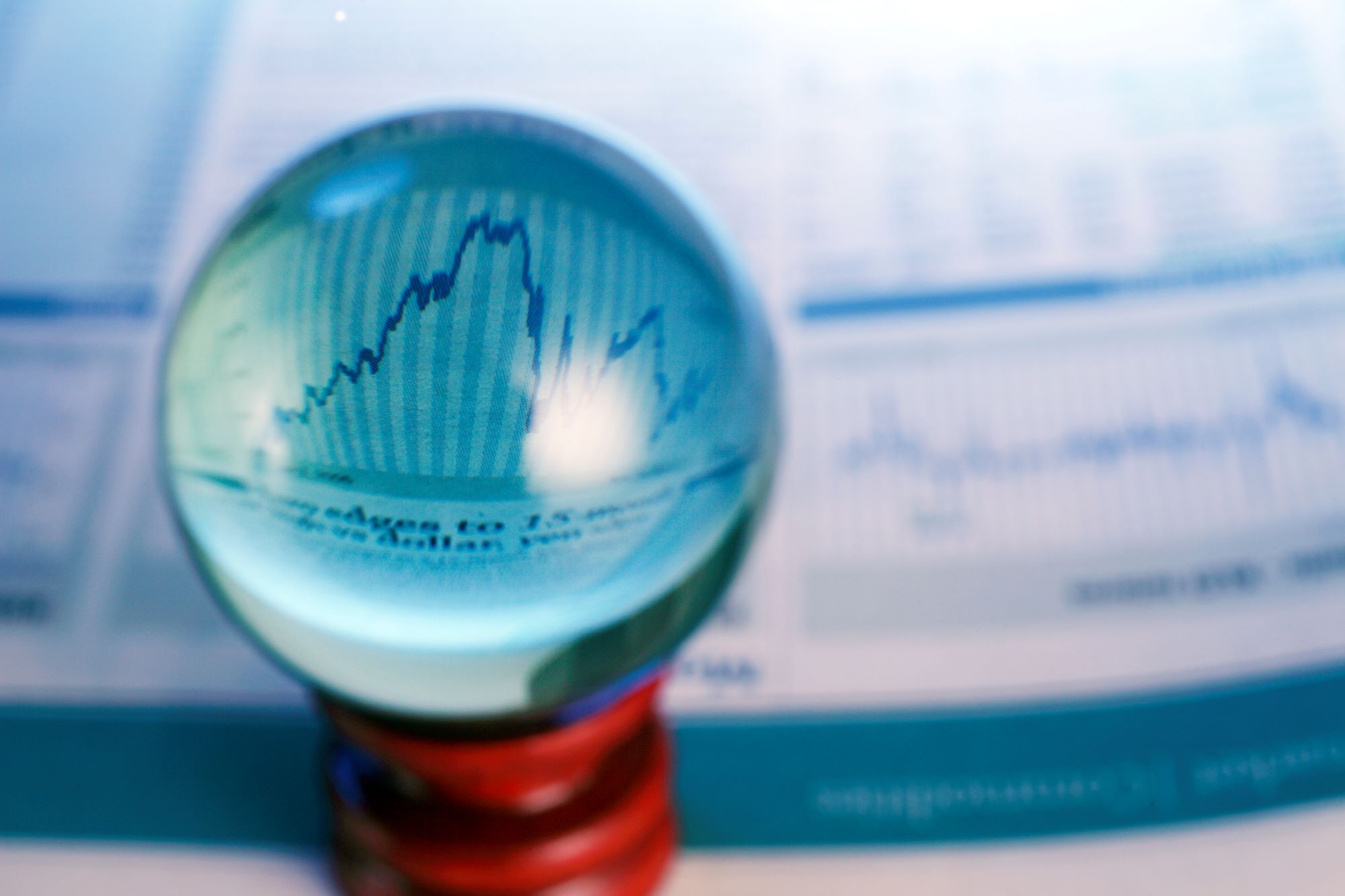

What is a Hard Market Anyway?
September 22, 2020 | Insurance Market

“Insulation from traditional market swings.” It’s one of the most common testimonials from our group captive members. With a year like 2020, there’s comfort in providing our captive members with piece of mind in a tumultuous time. Member-owned group captives are not immune from insurance industry pricing cycles, however, what’s the harm in adding one more level of protection and stability for your business?
The Insurance Rate Rollercoaster
When I entered the insurance industry (back in the dark ages), the concept of underwriting cycles and hard and soft markets seemed preposterous. I struggled to understand why the insurance industry would knowingly put clients on a rate rollercoaster by pricing business so low. When the industry loses money, they spike up rates to reverse these self-imposed rate reductions. The industry would deliberately wreak havoc amongst its client base, which, by the way, was every business in the country.
Although the industry has done a better job to manage and reduce cycle disruptions over the past several decades, the rollercoaster still exists and can blindside business owners without warning.
Why Do Hard Markets Happen?
Almost twenty years have passed since the last true hard market. Many business owners have never experienced this phenomenon and are only now realizing its impacts for the first time. Fortunately, with today’s hard insurance market, the hardening is only happening at different levels based on client industry or the line of insurance coverage, such as Automobile Liability and Umbrella, versus the industry as a whole. So, what causes markets to harden and rate fluctuations to happen?
Regulation
Insurance industry regulation in the U.S. is extremely complex. Insurance regulates at the state level and each state has their own separate regulatory body. On top of this, at times the federal government intervenes with various backstop programs and requirements. Why all the regulation? Ultimately, to protect the consumer by guaranteeing insurers keep their promises. As a result, profitability is closely monitored and if deemed excessive, regulators step in and push for rate reductions to keep profits in check.
Investment Portfolios
Insurance company investment portfolios are required to be conservative, while allocating most of the portfolio to fixed income. In the current investment environment, returns on these portfolios have been dismal and are expected to remain so for the foreseeable future. Low investment returns put pressure on underwriting results, meaning underwriters need to make sure they are charging enough premium to cover the costs of claims, actual and projected (IBNR), along with the expense loads of their companies.
Catastrophic Losses
The final piece to creating the perfect hardening insurance market are catastrophic losses. These include events such as hurricanes, severe thunderstorms, forest fires, earthquakes, etc. These losses are not only devastating for business owners but are extremely difficult for insurers to predict. Because of the lack of predictability for these types of events combined with the fact they usually involve significant losses; it constrains profit margins and surplus of insurers causing them to increase rates.
Finding Opportunity Amidst Hard Markets
The year 2020 has created the perfect recipe for an insurance hard market. When the truly unpredictable occurs after years of rate decreases and low investment returns the insurance industry reacts quickly to recoup lost surplus leading to the inevitable hard market.
There are many aspects of the world that are beyond our control. We are proud to have the good fortune to work with clients who realize the opportunity that exists in the member owned group captive space. We are proud our captive members gain the control and stability of a normally uncertain expense.
Want to Learn More?
Looking for more information on becoming a group captive owner? Check out our Property Casualty Captive 101 Webinar on October 27.




